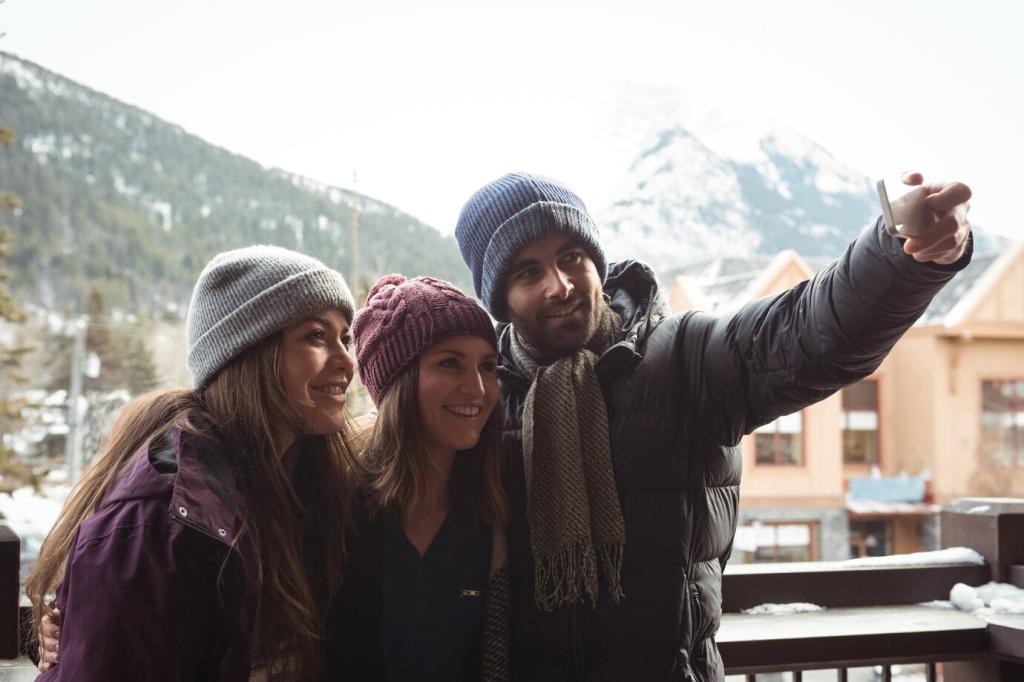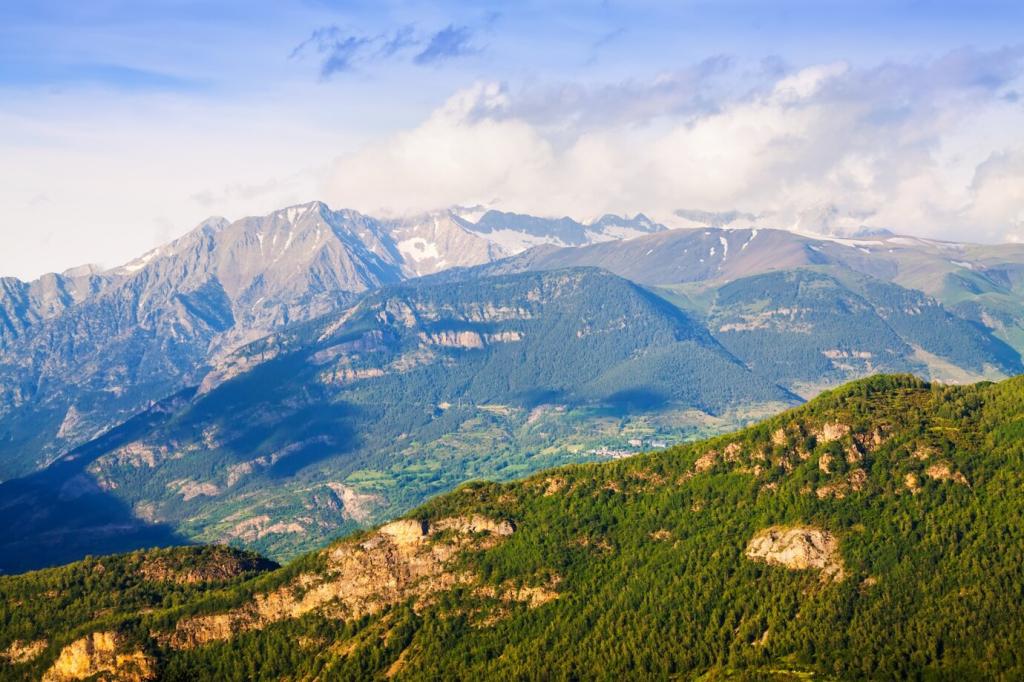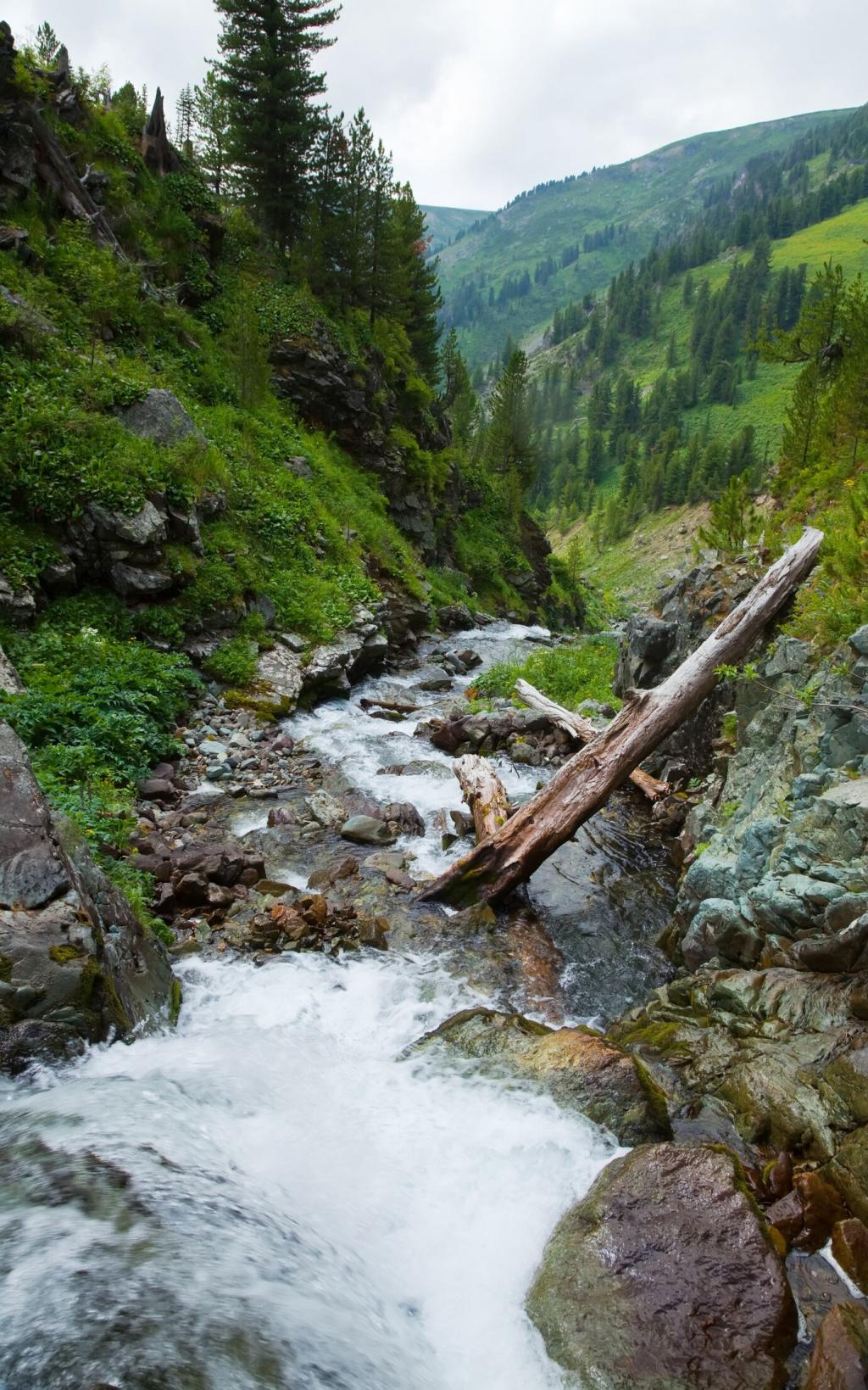Hike Smart All Year: Seasonal Mountain Hiking Safety Tips
Chosen theme: Seasonal Mountain Hiking Safety Tips. From thawing spring trails to alpine thunderstorms, crimson fall ridgelines, and deep-winter approaches, this page gathers field-tested advice and real stories to keep you safe. Share your own seasonal lessons and subscribe for timely checklists and alerts.
Spring Mountains: Meltwater, Mud, and Hidden Ice
Assess depth and speed before stepping in, unbuckle your hip belt, face slightly upstream, and use trekking poles for three points of contact. Cross where the river braids, not where it narrows. Share your best crossing tactics for snowmelt season.
Spring Mountains: Meltwater, Mud, and Hidden Ice
Wet-loose avalanches and collapsing cornices don’t check the calendar. Start early, avoid sun-baked slopes over thirty degrees by midday, and read local avalanche center reports. If in doubt, detour or turn back. Tell us which forecast pages you trust.
Spring Mountains: Meltwater, Mud, and Hidden Ice
Treat clothing with permethrin, do full-body checks, and stick to the center of muddy trails to protect fragile edges. Gaiters help keep muck out and reduce ticks hitching rides. What’s in your spring kit to stay clean and courteous?
Summer High Country: Heat, Thunderstorms, and Altitude
Start before sunrise, sip steadily, and use electrolytes, not just water. Seek shade during breaks, wet a bandana for evaporative cooling, and pace below your ego. Which hot-weather fueling combos keep you steady above treeline?
Summer High Country: Heat, Thunderstorms, and Altitude
Aim to be below treeline by noon during monsoon patterns. Follow the 30/30 rule, avoid ridges and isolated trees, and spread your group if caught. Plan safe egress routes in advance. Share your closest call and what you changed afterward.
Summer High Country: Heat, Thunderstorms, and Altitude
Sleep lower, climb higher gradually, and watch for headache, nausea, or unusual fatigue. Hydrate, eat carbs, and never push through severe symptoms. An extra acclimatization day beats a ruined trip. How do you schedule your first big summer summit?
Autumn Transitions: Shorter Days, Colder Nights
Carry a reliable headlamp plus spare batteries, pack a warm midlayer, and anticipate long shadows cooling gullies early. Reflective accents help during dusky exits. What headlamp runtime and lumen level have saved your bacon on late autumn returns?
Wet leaves hide roots, holes, and ice patches. Shorten your stride, use poles for probing, and consider microspikes for cold mornings. Test each step before loading it. Tell us which traction devices bite best during your frosty dawn miles.
Wear blaze orange on your pack, hat, and dog, and learn local hunting calendars. Make noise near trail junctions and avoid dawn and dusk in popular zones. What high-visibility kit do you rely on when the woods are shared?

Winter Wisdom: Cold, Snowpack, and Safe Travel
Go from wicking base to breathable mid and windproof shell, then vent early to avoid sweating. Swap damp gloves quickly, and stash a dry hat. What small layering tweak most improved your comfort during zero-degree summit pushes?


Winter Wisdom: Cold, Snowpack, and Safe Travel
Choose microspikes for packed trails, crampons for steep ice, and snowshoes when you’re punching through. Practice flat-footing, front-pointing, and kick steps safely. Share your favorite drills for winter footwork before the mountains grade your technique.

Forecasts Beyond Emoji Suns
Read mountain-zone forecasts, wind speeds at elevation, freezing levels, and discussion notes about confidence. A blue icon can hide destructive gusts. Which sources help you translate coastal weather into real alpine ridge conditions?

Navigation Redundancy That Matters
Carry a paper map and compass alongside your GPS or phone, keep batteries warm, and store a lightweight power bank. Download offline maps before you drive. What’s your backup if your primary navigation fails in a whiteout?

Turnaround Times Save Lives
Pick a firm turnaround time tied to daylight, weather windows, and group energy. On a blustery shoulder season attempt, Maya turned back thirty minutes shy of the summit and avoided rime-glazed slabs after sunset. What’s your rule for turning?
Food, Water, and Recovery by Season
Use an insulated sleeve or wide-mouth bottle in winter to prevent freezing, and add electrolytes during summer sweat-fests. Sip on a schedule, not thirst alone. What seasonal hydration habits keep your energy smooth above timberline?

This is the heading
Lorem ipsum dolor sit amet, consectetur adipiscing elit. Ut elit tellus, luctus nec ullamcorper mattis, pulvinar dapibus leo.

This is the heading
Lorem ipsum dolor sit amet, consectetur adipiscing elit. Ut elit tellus, luctus nec ullamcorper mattis, pulvinar dapibus leo.
